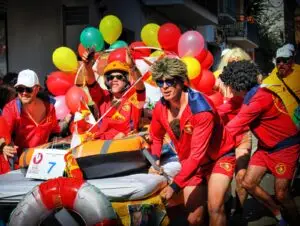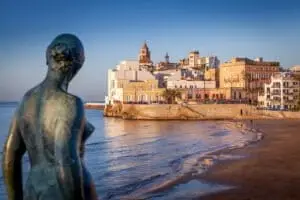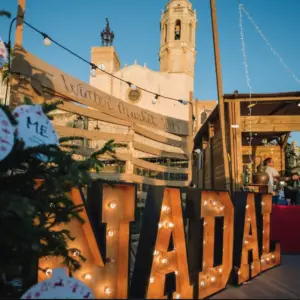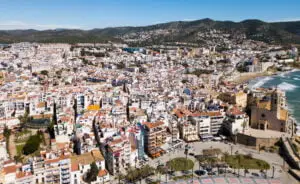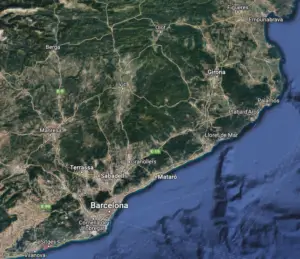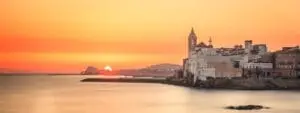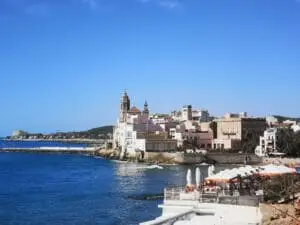Photo: Shane Border
It seems that everyone knows what a wonderful town Sitges is today. The New York Times describes it as ‘the Spanish beach town that keeps calling you back’ (you mean there are people who actually leave?); The Telegraph calls it ‘The St Tropez of Spain (a bit flattering to St Tropez we think, but OK!); The Guardian proclaimed that there is no place to match it (agreed!); and The Sun declared it to be ‘the best seaside town loved by locals that Brits never go to’ (LOL, not quite, but Sitges is definitely different).
Less widely known among those of us from elsewhere, however, is the history of Sitges. From the Romans to Nazi bombs; from Neanderthals to aggressive English ships; and including several ‘firsts’ that are way too impressive for a small town, these fascinating facts about Sitges leave us still more awestruck by the place we call home.
In fact, there are just too many interesting elements to this small town’s history to include in one article. So we have chosen a few of our favourites. Here, then, are 10 fascinating facts about Sitges and its history that you may not know:
1. People have lived in Sitges for at least 50,000 years
People have been living in Sitges for at least 50,000 years. In 2005 and in 2015, researchers from Barcelona university discovered neanderthal bones and stone tools, in ‘La Cova del Gegant’ (Giant’s cave, see photo below) which is here in Sitges, near the golf course. Those scientists amongst you can read a study in English on how the discoveries were carbon-dated here
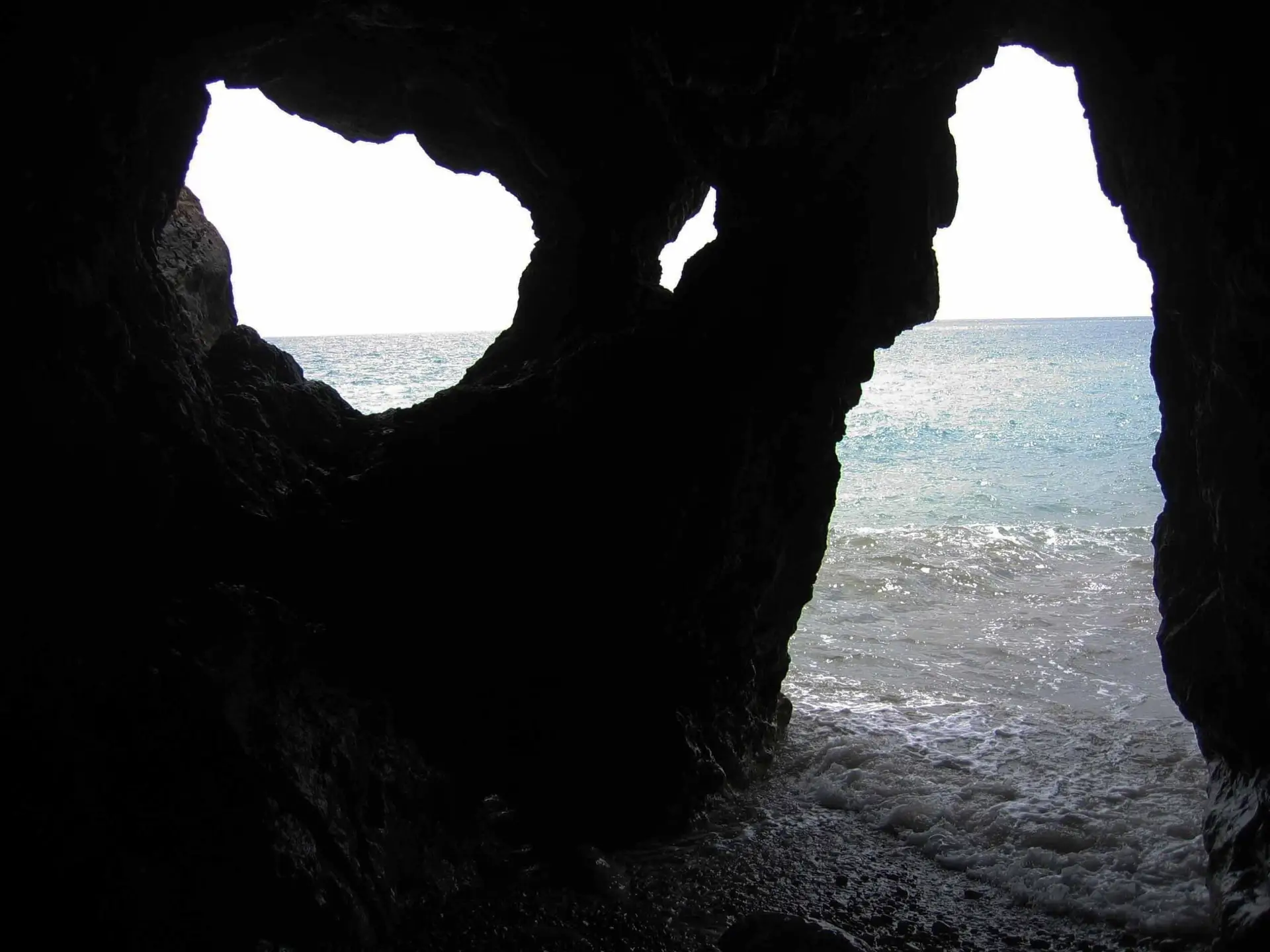
2. The Romans Called Sitges 'Subur'
Sitges is probably the same 2000 year old town as Subur, the important Roman settlement mentioned in Natural History (published AD77) by Pliny the Elder, as well as by other Roman era writers and chroniclers. It has been known for a long time that Subur was somewhere in the area, and townspeople have been referring to themselves as ‘Suburense’ since medieval times. However, many archaeologists were not convinced that Subur was in the exact same location as Sitges until the Maricel and Cau Ferrat museums were refurbished in 2015.
It was at this point that part of C/ Fonollar was excavated, leading to the discovery of Roman remains consistent with an important settlement. Amongst those objects found in 2015 were imported red varnished tableware from Italy and the South of France; ceramics from North Africa; and a gold ring from the 1st century AD. What is more, a Roman burial ground was discovered soon afterwards under the car park of the now dilapidated (and sadly missed) Atlantida disco. All these findings were enough to convince many sceptics that Sitges and Subur are one and the same.
Nevertheless, other theories still have their followers. Some believe Subur was actually Sant Boi de Llobregat, since Subur is described as being near the Llobregat river (and Roman ruins have been found at Sant Boi). Still others believe that Subirats was Subur, and that Sitges may have been its port. Either way, the comparatively recent Roman discoveries prove that Sitges was home to quite a few Romans!

3. Vinyet has been 'posh' for at least 2000 years
The area around Vinyet has been posh for at least 2000 years. The Romans drank wine in their villas in this salubrious part of town from at least 200BC. In 2003, Roman remains were found near the church in Vinyet including walls, a tomb, and remains of a wine-press, and the foundations of a villa have previously been discovered in the area. Nowadays, this part of Sitges has many multi million euro mansions, and helps to make property in the town the most expensive in Catalonia (not including Barcelona) and the eighth most expensive in the whole of Spain.
Don’t worry though, there is a range of differently priced properties to be had in other areas of Sitges, in Sant Pere de Ribes, and in the nearby urbanisations….meaning you too can sip wine from your local residence if you wish!
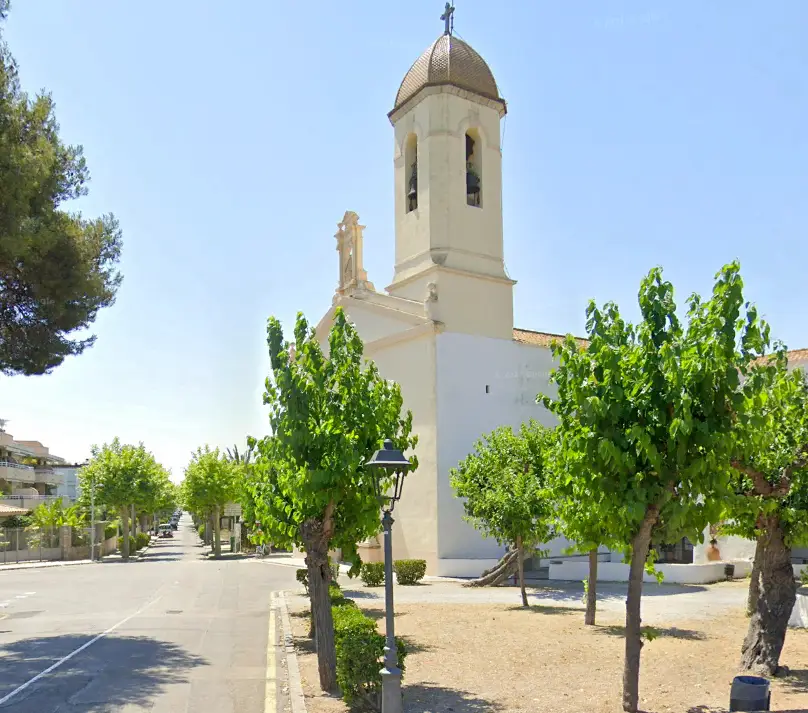
4. Sitges has been ruled from the same spot for 1,000 years
The present town hall is built on top of a castle. The town hall was built in 1889. Before this, Sitges castle existed on the same site. One of its first owners was listed as Count Mir Geribert, who took ownership in 1041. It was in the hands of the Sitges family (who probably took their name from the town, rather than vice-versa) from 1116-1308, when it was sold to Bernat de Fonollar. In rememberance of Bernat’s family, the steep and pretty cobbled road leading down from the former site of the castle to San Sebastian beach is called Carrer Fonollar today. What’s more, the tomb of Bernat de Fonollar and of his wife can be found in San Bartolomé i Santa Tecla; Sitges’ iconic church.
During de Fonollar’s time, Sitges industries included winemaking (especially using the famous Malvasia grape that is still used and celebrated today) and the production of carob and wheat. Additionally, In 1345, the city of Vilafranca requested the use of a port in Sitges. From that moment, the town became an important distributor of products from the Penedes region.
To see the interesting businesses that exist today in Sitges, including several that have special offers for our readers, click here
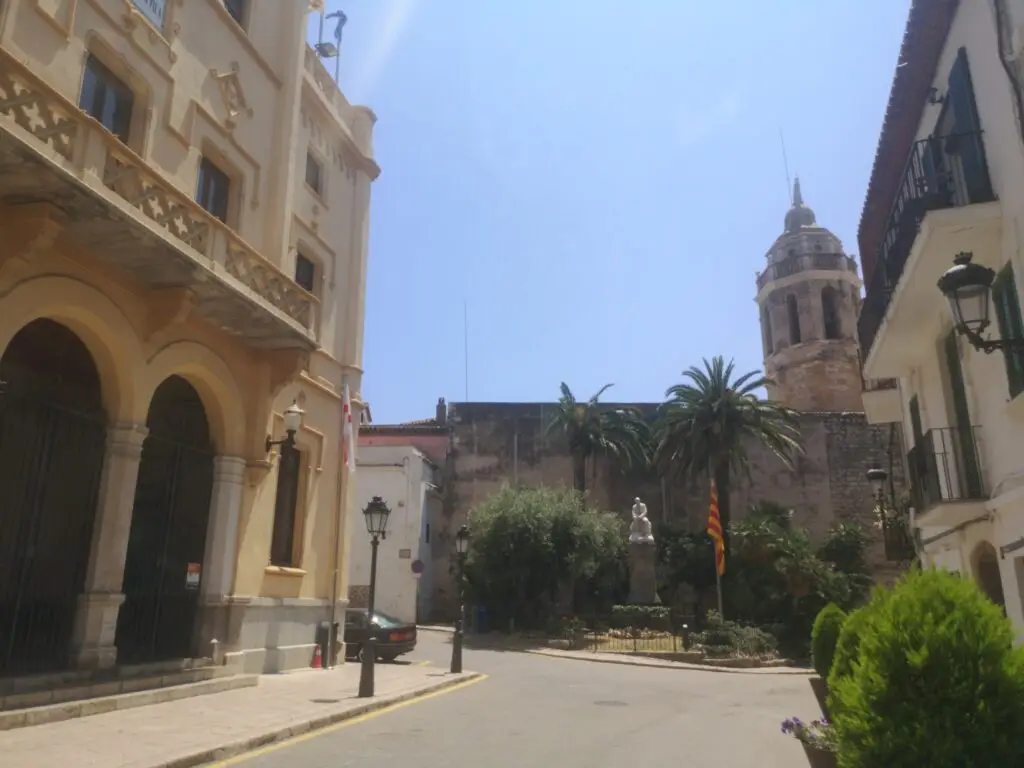
5. English 'visitors' caused problems here 225 years ago
What was it that The Sun newspaper said about Brits ‘never going’ to Sitges? In fact, they’ve been coming here for hundreds of years. The naughty English caused a bit of a problem here around 225 years ago. In 1797, six cannons placed on ‘la Punta’ (where the church is today) had to spend four hours seeing off two mischievous English gunboats as they tried to get their hands on four merchant ships that were anchored near Sitges. The cannon which is there today commemorates the event, but is only a replica of one of the original six.
Thankfully, the town is also able to commemorate a more genteel English visitor. There is a monument in Sitges to writer and philosopher GK Chesterton, who, it states on the monument, honoured the Sitges springtimes with his noble presence in 1926, 1928 and 1935.
Today, English visitors are more than welcome to sample Sitges’ treasures, including its wide range of top quality restaurants!
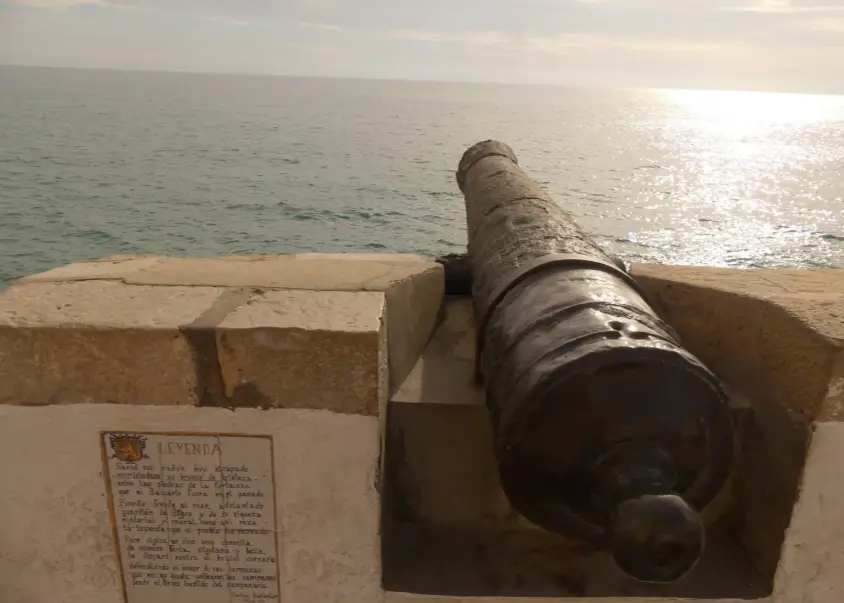
6. Every beach bar in Spain owes its name to Sitges
The first beach bar in Spain opened in Sitges in 1913, and gave the name ‘chiringuito’ to all the beach bars in the country! What is more, to understand where the name ‘chiringuito’ comes from, we have to learn something else fascinating about Sitges; namely, the Cuban connection. Many young people from Sitges made their fortunes in Cuba, including members of the Bacardi and Brugal families, who both developed famous brands of rum.
When they returned to Sitges, these ‘americanos’ as they became known, brought Cuban money and behaviours with them. They built large houses in Cuban styles, that can still be seen today. And they made coffee using a special kind of filtering system, which was originated by plantation workers in Cuba who used a sock to filter coffee. This filter system was known as a ‘chiringuito’ and so informal coffee bars on the beach (in Cuba, in Sitges, and then across Spain) eventually took the name.
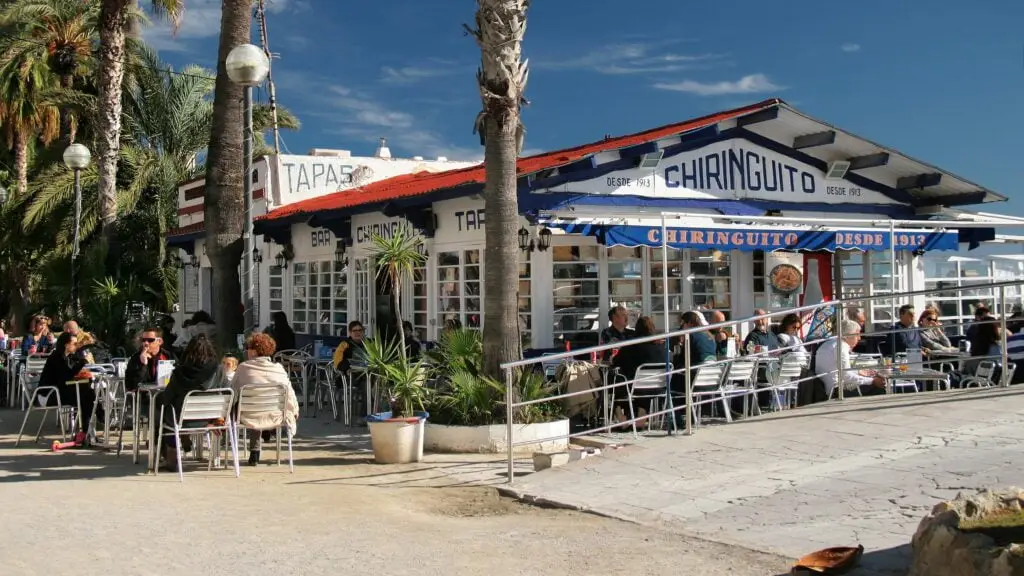
7. One of the world's first motor racing tracks was built in Sitges
Sitges is one of the birthplaces of motor racing. In 1923 Sitges built one of the first car racing tracks in the world: The Autòdrom de Sitges-Terramar. The first race was won by a driver averaging 142kmh. You can watch British TV presenter Jeremy Clarkson racing round the old track below. As mentioned in a previous article, if you can get a large group of people together, you can also get a guided tour of the track.
8. Sitges was a republican stronghold, & bombed by Nazis based in Mallorca
Sitges was an anti-fascist stronghold that was bombed twice in 1938 by planes from Hitler’s Condor Legion, which was based in Pollenca, Mallorca. There is a house in Sitges which has a plaque commemorating the night it was partially destroyed by the bombs. There is also a bunker on Balmins beach, which was set up to defend the town from landings by Franco’s troops. Franco’s forces did eventually seize the town in January 1939, and there is even video of him visiting Sitges in 1949.
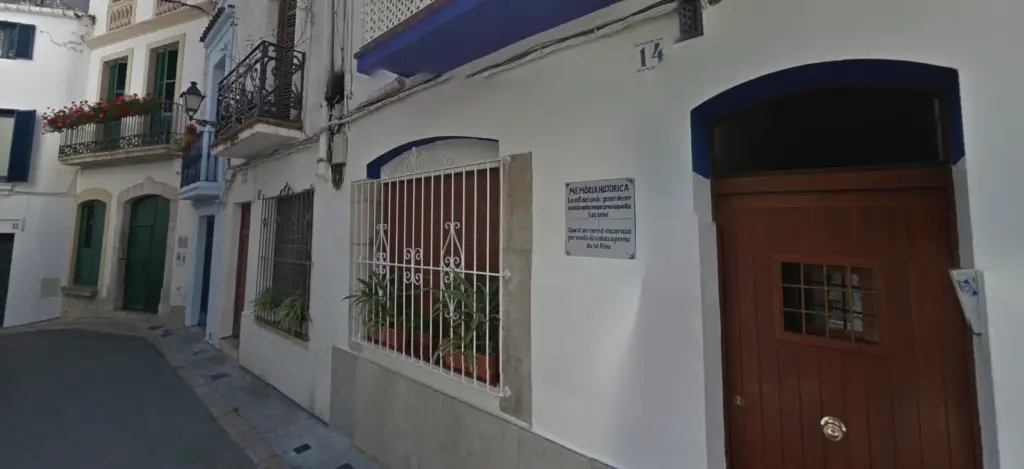
9. The world's first 'Pacha' and Spain's first gay disco opened in Sitges
Sitges is a relatively small town but it boasts two ‘disco firsts’!!! The very first Pacha was opened in Sitges in 1967, whilst Spain’s first gay disco, Trailer, was opened in Sitges in 1980.
Sadly, neither is operational today. Pacha was closed by the town hall in 2017, and has been engaged in a legal battle ever since, with local neighbours largely opposing the idea of it re-opening in its current location. Trailer, on the other hand, became the Organic Dance Club, which itself closed a few years ago. Nowadays there are a few popular disco bars, including Vertigo, which describes itself as a ‘gay dance bar’, and New Ricky’s, which is popular amongst a young, mixed crowd.
And there is always Barcelona, which is only 40 mins away by train. Amongst the many different clubs and nights on offer, Wonk has been recommended by those in the know. They sometimes put on nights for house music aficionados nearer to Sitges, too.
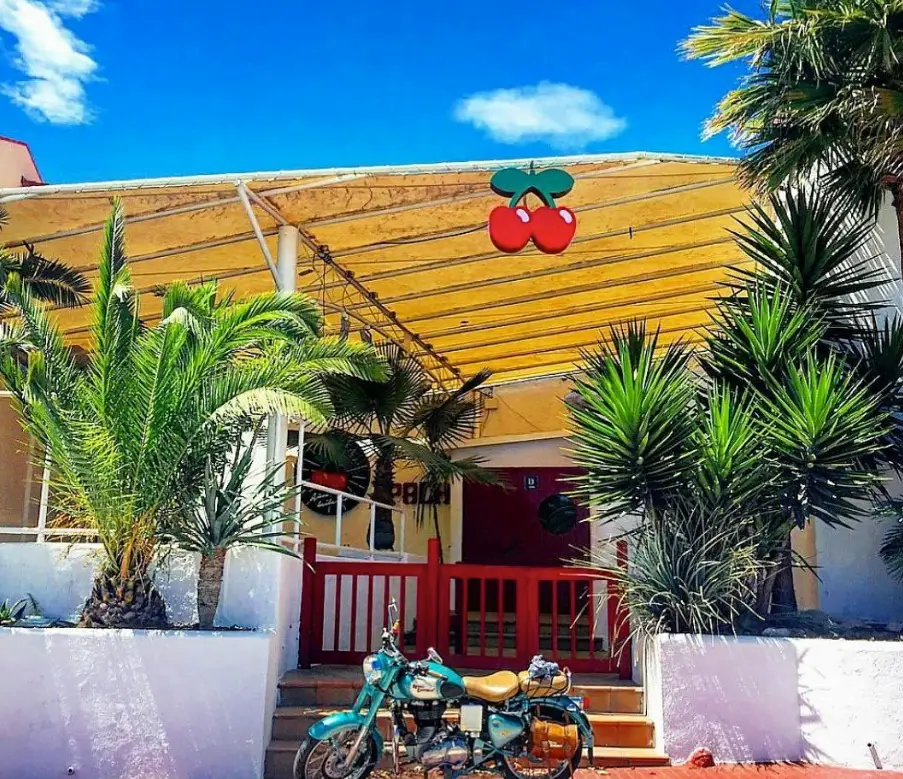
10. Sitges' two historical 'Ateneus' produce world class events
Sitges has not one but two ‘Ateneus’ which are official cultural associations. They are each around 150 years old, and each have a cinema, and a clubhouse with activities on offer to members. Details of what is on at each cinema are always listed on our site. Each of these Ateneus has also been heavily involved with iconic events in Sitges such as Corpus Cristi and the Carnival. The friendly rivalry that exists between El Prado and El Retiro has certainly helped produce a town which has a year round calendar of activities, including several world class events.

And finally....
Here at Sitges for Everyone, we hope you have enjoyed this look at some of the fascinating elements of the history of Sitges.
If you’re lucky enough to be living in or visiting Sitges today, don’t forget our site is packed with useful information. Looking for lawyers, plumbers, electricians, or even leg waxers, that have been recommended by our community? Wondering about which restaurants our long standing residents of Sitges rate highly? Want to know what events are coming up in the town? Looking for information on buses and trains? Want to know about renting or buying property? Or getting your TIE? Or Schools? You will find all this and more on our site. Plus, you can get updates from the site by following our public Facebook page, and you can add your voice to the Sitges conversation by joining our private Facebook community.





